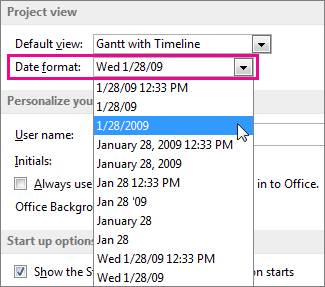
- #JALBUM TIGER CHANGE DATE FORMAT UPDATE#
- #JALBUM TIGER CHANGE DATE FORMAT SKIN#
- #JALBUM TIGER CHANGE DATE FORMAT FULL#
The other one, Process only updated directories was also useful in the old times, when the subdirectories could work independently of each other or the common resurces from the top level’s “res” folder.
#JALBUM TIGER CHANGE DATE FORMAT UPDATE#
Today the folders of the albums are much more interconnected, they always rely on the common resources (like the Javascript or CSS files), so once you update the album with this setting ON, those subfolders where nothing has changed might get broken. The tricky thing is they usually don’t get broken instantly.
#JALBUM TIGER CHANGE DATE FORMAT SKIN#
(Although a skin change renders these orphaned folders instantly unusable.) They usually show signs of malfunction only after a skin update, and by that time users usually don’t remember they’ve changed this setting. Those skins rely on a database (JSON) are even more prone to break if you don’t let jAlbum to go through the whole folder tree. JAlbum is intelligent enough, so once you have processed a folder it will not reprocess the images again, only the HTML files, which is really just a matter of seconds. I hope I could convince you to keep these setting like the ones marked on this picture. When you work locally, everything works the same way, reproducible.
#JALBUM TIGER CHANGE DATE FORMAT FULL#
The internet, however, is full of potential errors. When you upload a large album it might happen the connection between your PC and the server gets broken (IO ERROR), the server drops the connection (READ END DEAD) or jAlbum gives up on retrying (TIMEOUT). Don’t panic, this happens every now and then. jAlbum (just like anything on the internet) is prepared for such errors. All you have to do is Upload the album again. It will continue where it has left off, so don’t worry, it won’t upload everything all the time. If the upload fails, jAlbum will display a little triangle ( ) in the lower right corner – you can click for the full log. If uploads doesn’t play well with your server, you can switch to another FTP client and test (e.g. jalbum has two ftp clients for the standard “FTP” protocol, and three for “sFTP”. If you get frequent connection timeouts you might want to check also if your firewall (or internet security software) isn’t blocking jAlbum’s traffic. Check if jAlbum is allowed to communicate through port 21 (sFTP: 22). With jAlbum you can use an external FTP (or sFTP) application too to upload albums. While jAlbum always knows which files it has changed, when you upload the files manually you often don’t.

When the FTP app relies on file modification dates it’s not as reliable either. For example if you only add one new folder, you might think it’s enough to upload that folder only. The files always change in the root folder, the /res folder, and all the HTML and JSON files throughout the whole album after a Make. It’s hard to follow, much easier to leave this to jAlbum. And jAlbum’s built-in FTP client is really fast, believe me. It can manage 6 simultaneous uploads! So unless you’re fully aware of what you do, I suggest you to rely on jAlbum’s built-in Upload tool. You can choose from 5 different clients inside jAlbum, so hopefully you can find the one works the smoothest with your server.


 0 kommentar(er)
0 kommentar(er)
